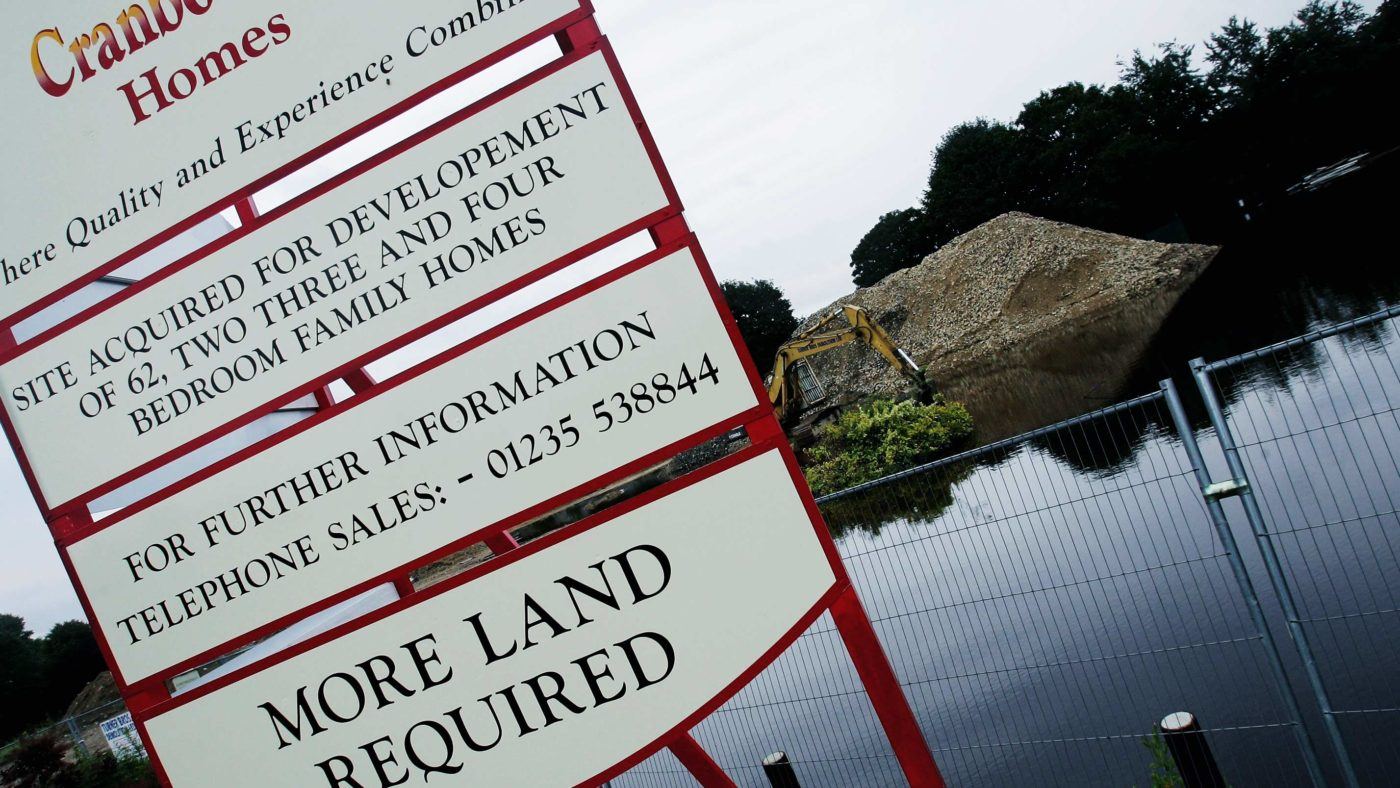There is much excitement in Lewisham as the local council has managed to house an entire 24 families. All 96 people are now in factory-built flats, rather better than the crumbling housing they occupied before.
We should not gainsay small victories – but this is a small one and is not, as it is being touted, the solution to our housing woes.
To start with, the families in Lewisham have only been relocated temporarily – since the flats are only temporary. Using factory-built housing, or prefabs, does indeed reduce costs. But the cost of housing is not actually our problem.
Houses are entirely reasonable in cost in Britain. In fact, second-hand houses still cost pretty much what they always have, which is about the cost of building a new house. Say, around and about, in the £100,000 to £120,000 range for a reasonable three-bedroom house.
This is not, of course, what one can buy one for – but this is what the house costs.
This is reflected by the insurance market – a brief glance at the home insurance policy on that £1 million des res in Grotborough, London, will show that if the asteroid lands on your roof, you will gain the rebuilding cost of the structure, not the market price you paid.
What makes British housing so expensive is not the building of it. But nor is it the shortage of land: the built environment is some 10 per cent of the land area, housing some 3 per cent of it.
We simply do not have a shortage of land – there’s more of Surrey under golf courses than there is of Surrey under houses. What we have is a shortage of permissions to allow the building of houses on the land we have. Housing is so expensive because of the scarcity value of the planning permission.
The solution to this is to issue more planning permissions – something that can be done with a stroke of the bureaucrat’s pen – or even to stop demanding such permissions at all.
We know what would happen. The last time the private sector built, unaided, the 300,000 houses a year we need was the 1930s. They built those suburban developments across the Home Countries in areas that people auction off their children in order to afford these days. That is: houses that people wanted to live in were built in places people wanted to live.
The perceptive among you will note that this was before the Town and Country Planning Act 1947, which put the issue of what houses could be built where under government control for the first time.
As the Soviets found, using the full might of the state to plan the bread supply led to expensive and scarce bread. The solution was getting the Soviet government out of the bread planning business again.
The British Government is no better at command economies – that full might of the state devoted to planning where people may live has led to expensive and scarce housing.
Pre-fab flat complexes? Sure, why not? But that isn’t the solution to our housing woes: blowing up the Town and Country Planning Act (and its successors) is.
As long as there is an artificial limitation of the supply of planning permissions, British housing will remain scarce and expensive.
As so often, the solution is not for the government to do something, it’s for the government to stop doing the things it already does.


